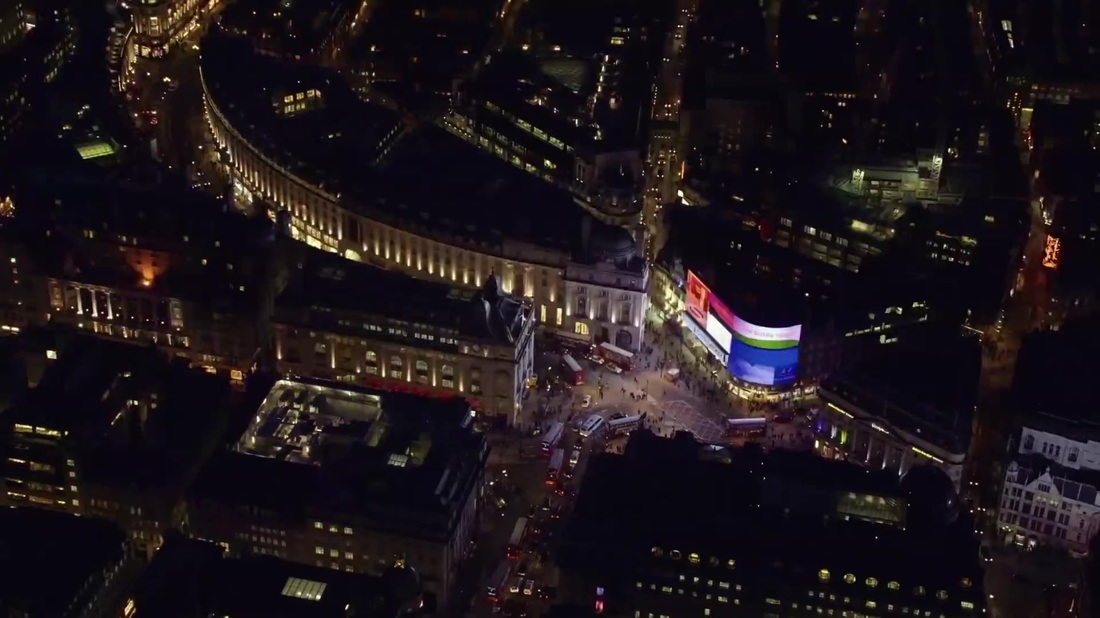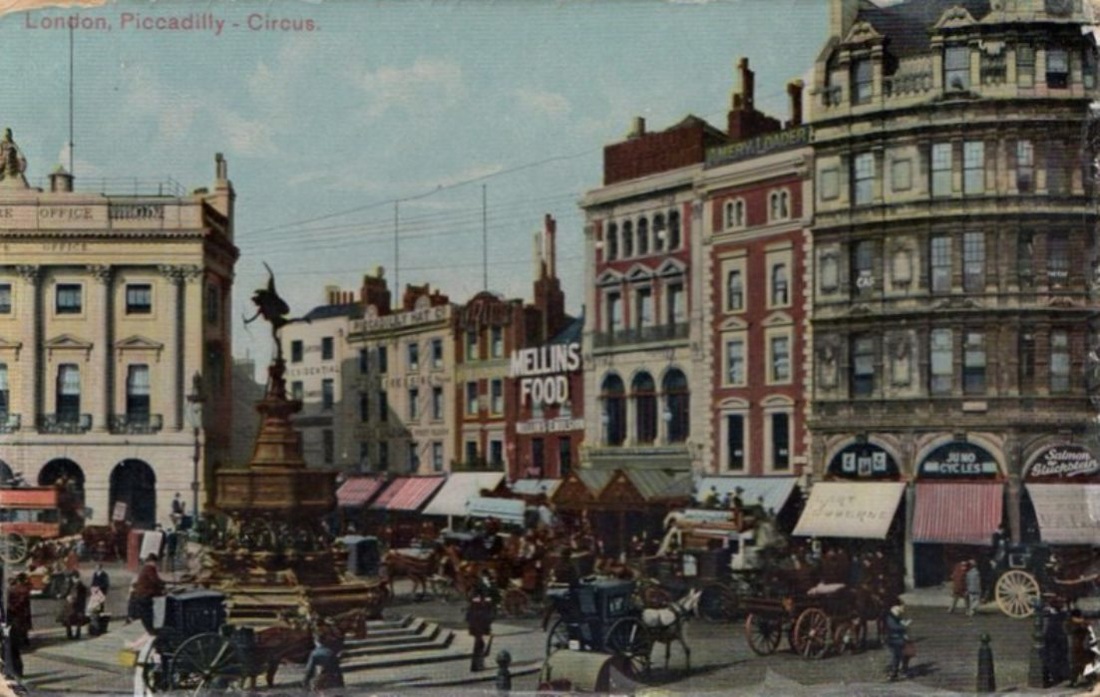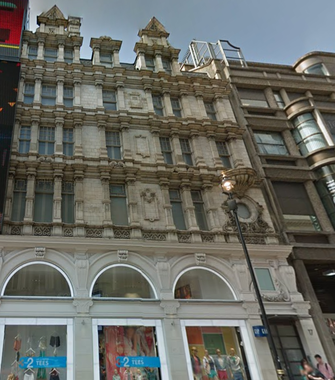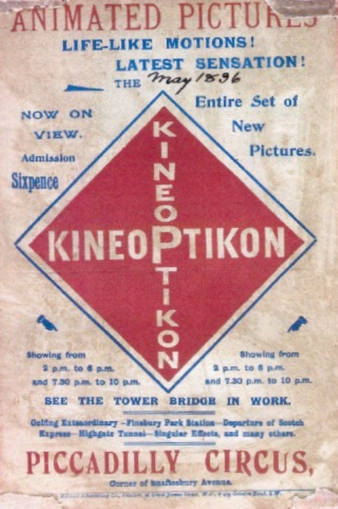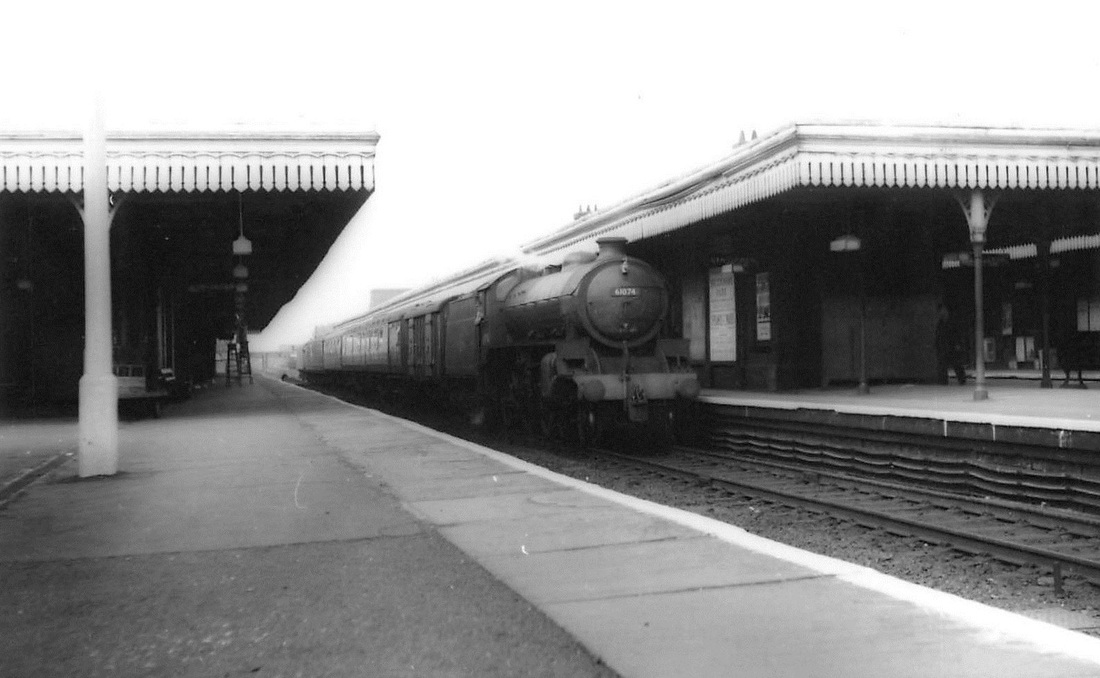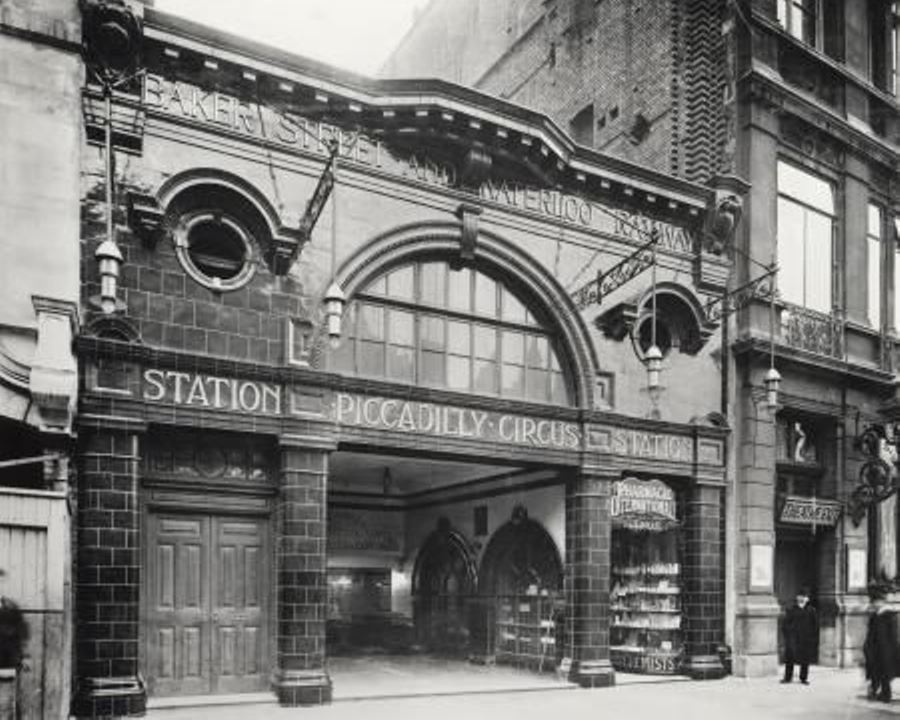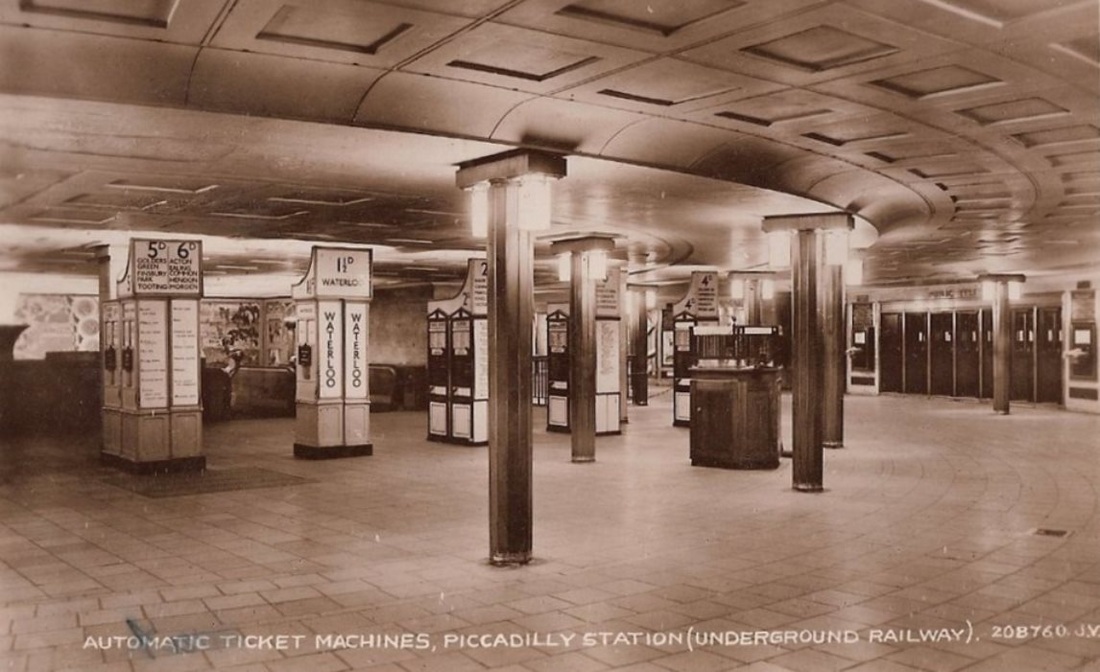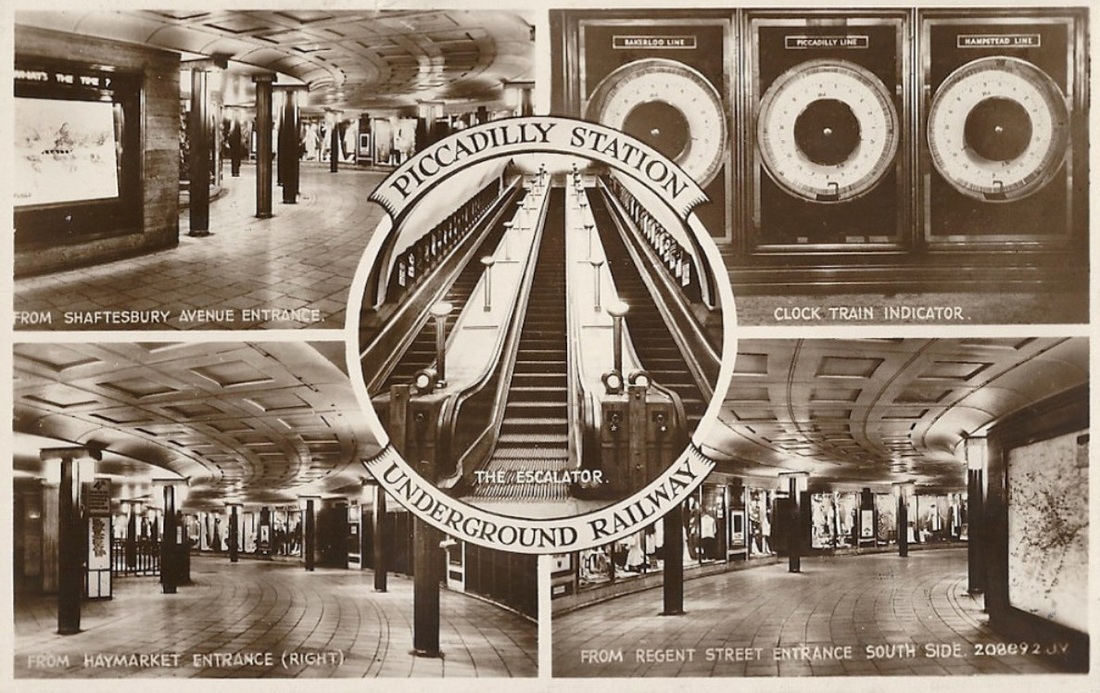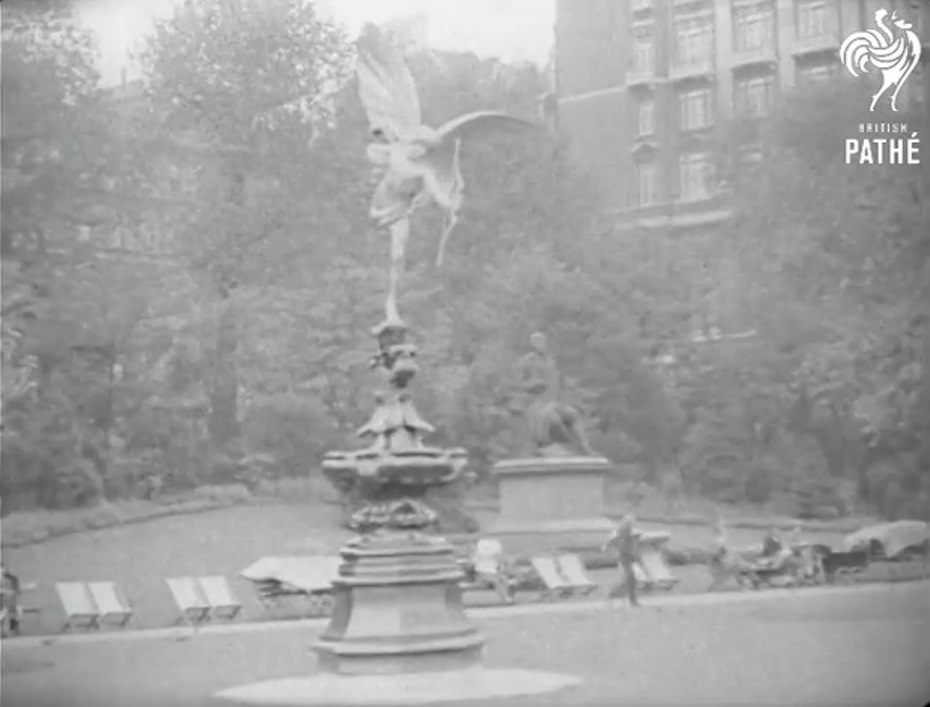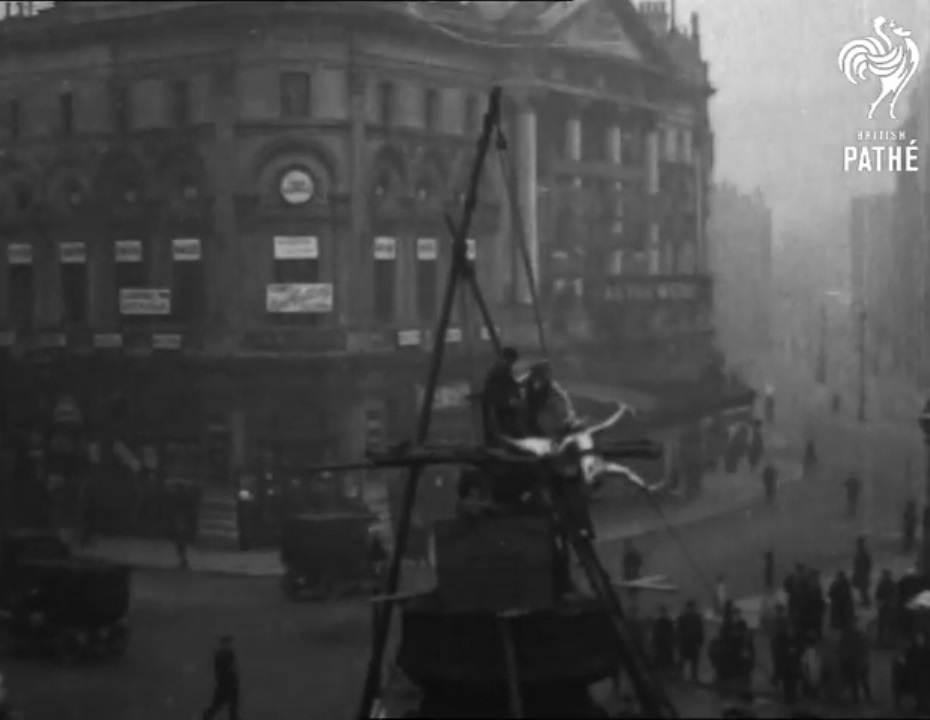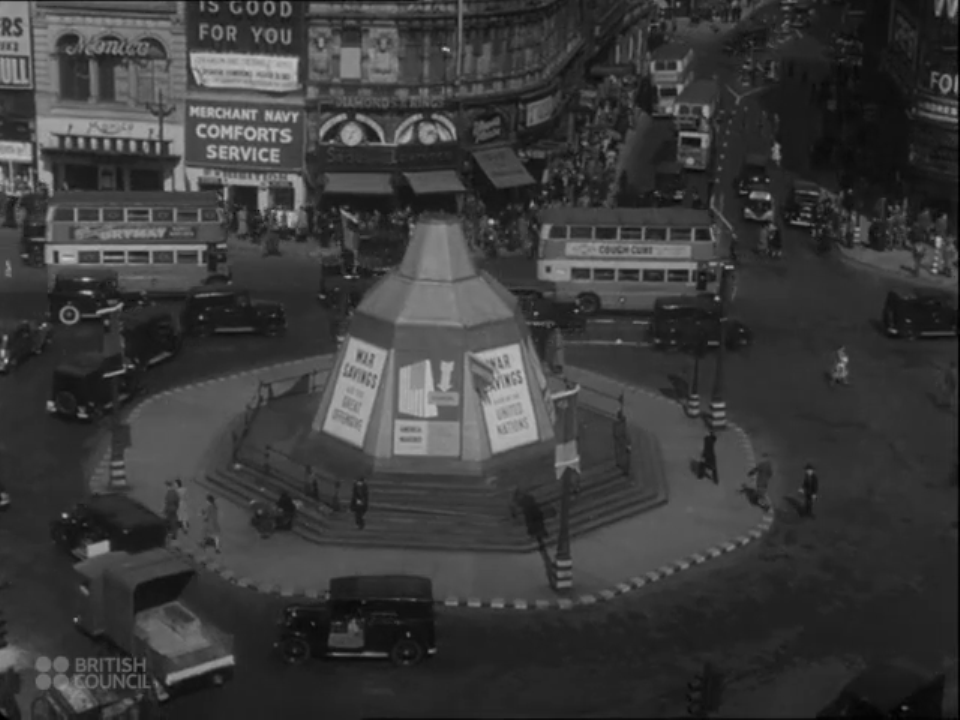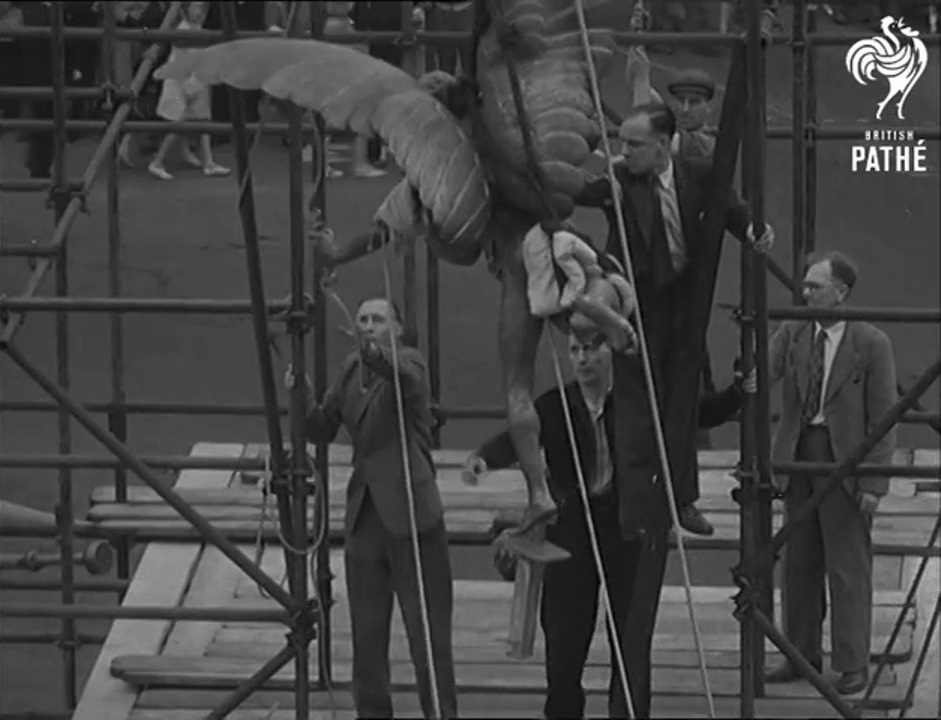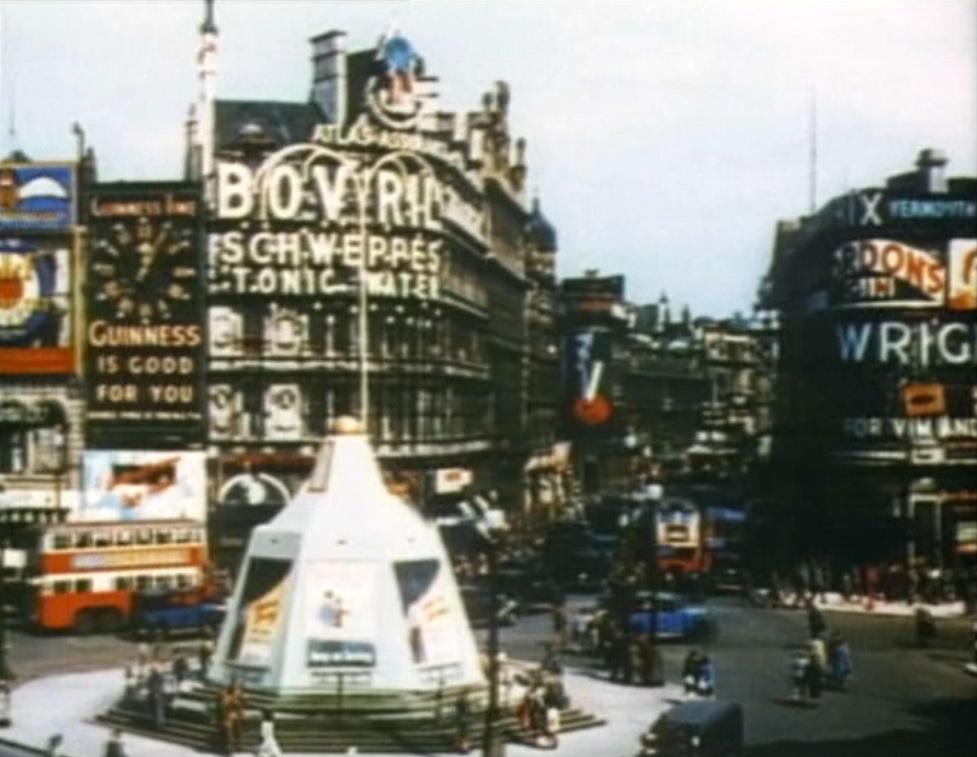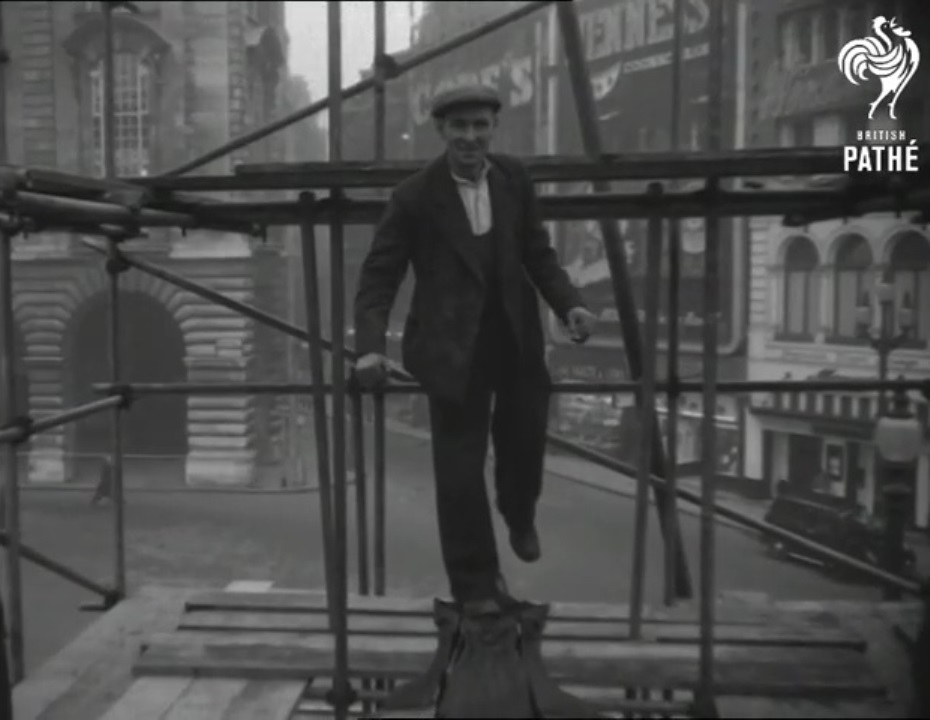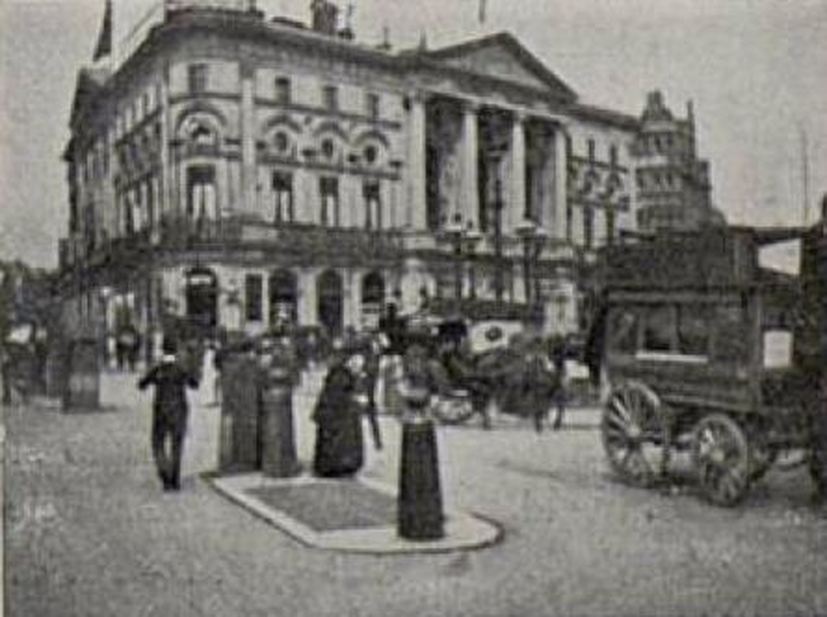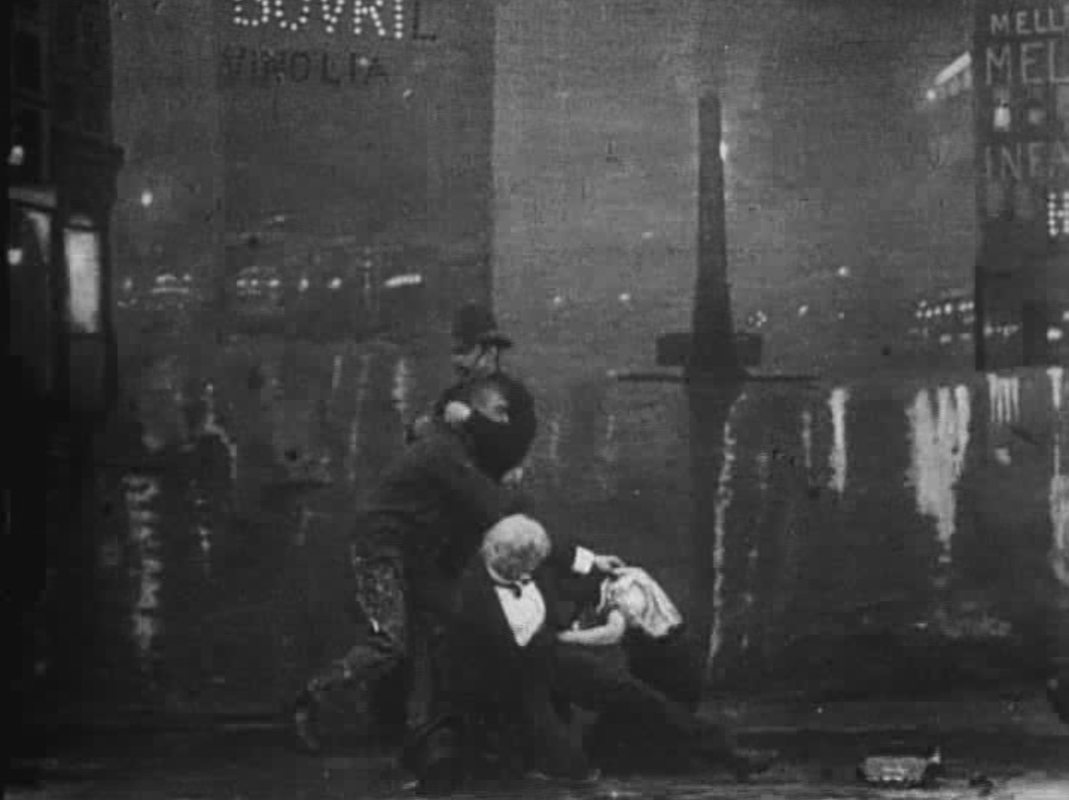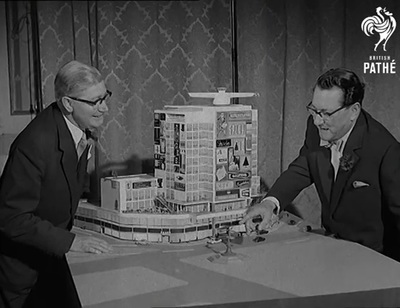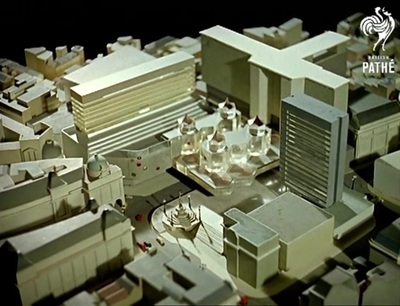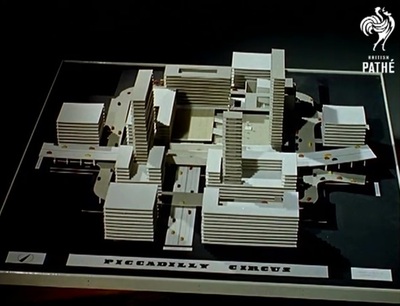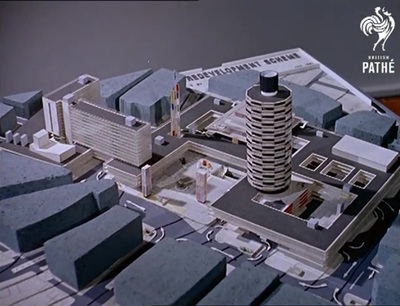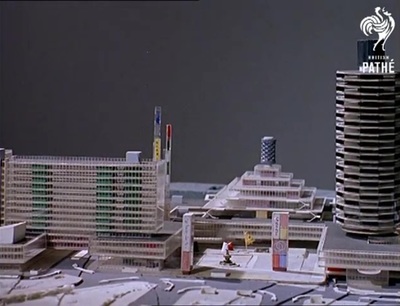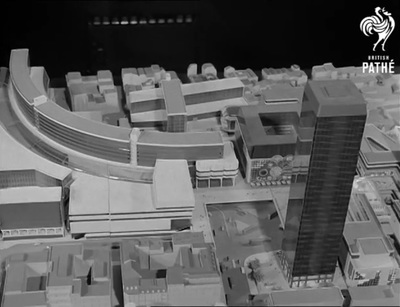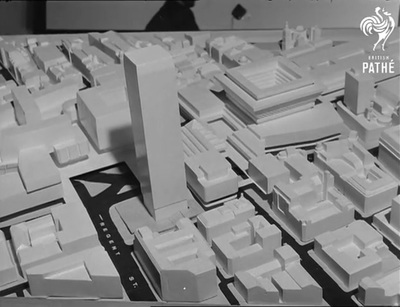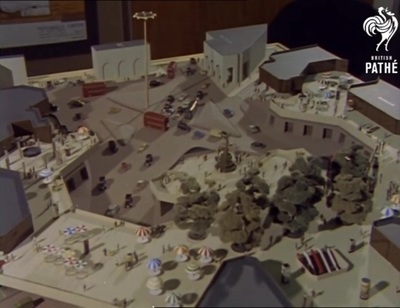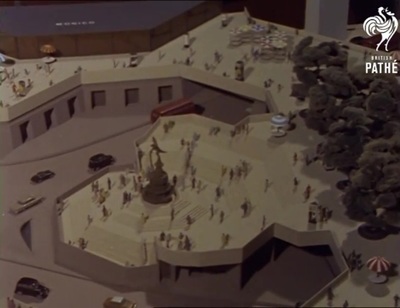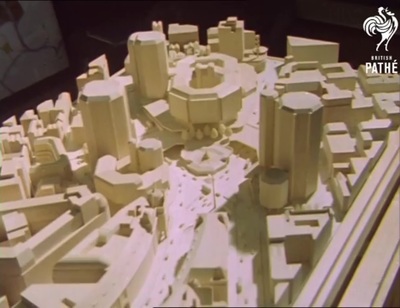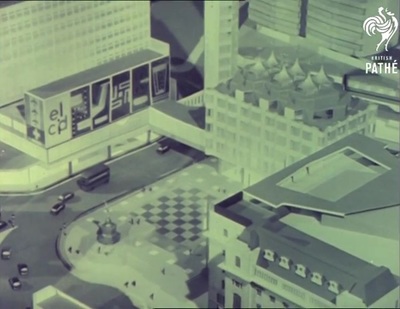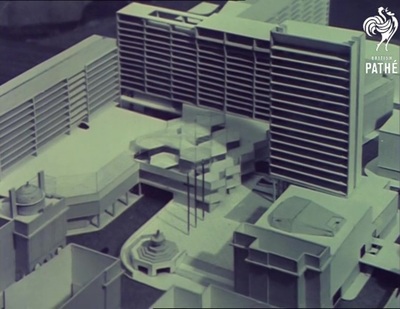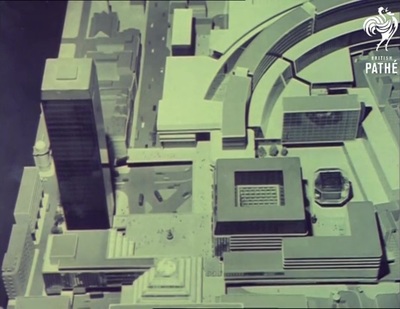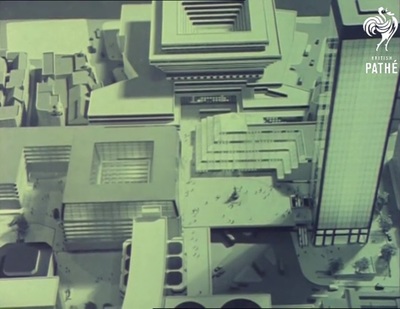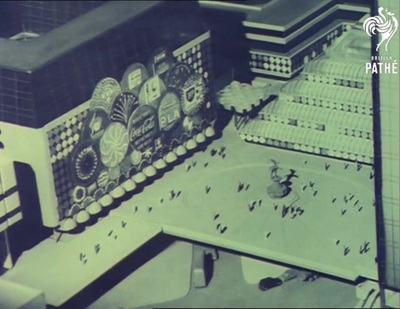Piccadilly Circus: invisible things
I have just discovered that a talk I gave in and on Piccadilly Circus last year (July 2014) can be accessed on SoundCloud, here. The talk was part of Outside Now, a walking tour organised by Paul Elliman to complement his exhibit at the ICA, Invisible in the Field. My contribution was unscripted but I had some pictures with me to pass around. They are reproduced below, with others that, hopefully, make what I was saying a little clearer. The object was to evoke four things in this place that, at some time or in some way, were or are invisible.
1/ Piccadilly Mansions
|
To the right of the postcard above is a building that since the 1920s has for the most part been hidden beneath illuminated advertising: Piccadilly Mansions, built in 1889 by the architects Martin and Purchase. Much prized at the time (a 'handsome block of buildings ... having an artistic elevation in terra cotta, with pilasters of Aberdeen granite polished and fluted' - The Statist, 1899), most plans to restructure Piccadilly Circus have proposed its demolition. An LCC report in 1963 described it as 'an elaborate but totally uninspired design'. |
|
Nonetheless, the building has survived and the part of its façade that can still be seen (above, right), on Shaftesbury Avenue, suggests to me that it has been unjustly obscured by signage. This building played its part in the history of London cinema because it was here that Birt Acres, former partner of Robert Paul, hired a room in March 1896 and, for three months, showed films to a paying public. The Lumière Cinématographe at the Polytechnic Institution on Regent Street had preceded Acres by a month, but the Kineoptikon shows were still the first commercial presentation by a British filmmaker and, unlike the Lumière programme at the time, they presented local subjects. |
I was, incidentally, very excited to learn from the advertisement above that the latest cinema sensations of May 1896 included a view of Finsbury Park Station. Here is a train entering that station some fifty years later:
2/ Piccadilly Underground Station
Piccadilly Underground Station was, until 1931, an overground station:
To replace it Charles Holden designed a station that was entirely underground, invisible from the surface, a building that had no exterior:
3/ Eros
The construction of Holden's station meant that the statue commonly known as Eros had to be removed from Piccadilly Circus. Between 1925 and 1931 it could be seen in Embankment Gardens:
There have been several other moments when the statue could not be seen in Piccadilly Circus, including, of course, before it was installed there in 1893:
The statue was removed during the first world war to protect it from bomb damage. This is from a Pathé film showing its return in 1919:
For the same reason it was removed during World War 2. The fountain on which it stood was boarded up:
Here is the statue being restored to its place, in June 1947:
When, in 1951, Stanley Donen made Royal Wedding, set in London in 1947, it seemed like an authentic touch to include footage of Piccadilly Circus without the statue, but by the time of Elizabeth's wedding in November the boards had been removed and the statue restored, so the image below is anachronistic:
Before Elizabeth's coronation in 1953 the statue was again briefly removed so that it could be cleaned. One of the removal men was filmed standing in its place:
4/ Robert Paul's lost Piccadilly film
Though several of Robert Paul's films survive, of many we know only through the descriptions and illustrations in his published catalogues.
Here is the description from Paul's 1901 catalogue of a film made at Piccadilly Circus, with an image from the film as illustration:
Here is the description from Paul's 1901 catalogue of a film made at Piccadilly Circus, with an image from the film as illustration:
I had originally thought that the film Footpads, attributed to Paul and dated between 1895 and 1898, also represented Piccadilly Circus:
But I now realise that this is an image of Ludgate Circus. See here (towards the end of the post), for a full account of this setting.
Those are the four invisible things I pointed out in the course of the walking tour last year. Had there been time for a fifth it would have been the Piccadilly Circuses we couldn't see because they hadn't ever been built. There had been projects and plans for the restructuring of Piccadilly Circus since the beginning of the twentieth century. The earlier ones were abandoned, and so were several from the 1950s, '60s and '70s. Here is a gallery of Piccadilly's alternative Circuses, as imagined by planners and architects:
These images are all from films in the British Pathé catalogue, available on YouTube (search 'Pathé' and 'Piccadilly' and you'll find them).
For a collection of images of Piccadilly Circus in films, see here.
For a briliant collection of photographs see Piccadilly Circus at night, at Retronaut.
